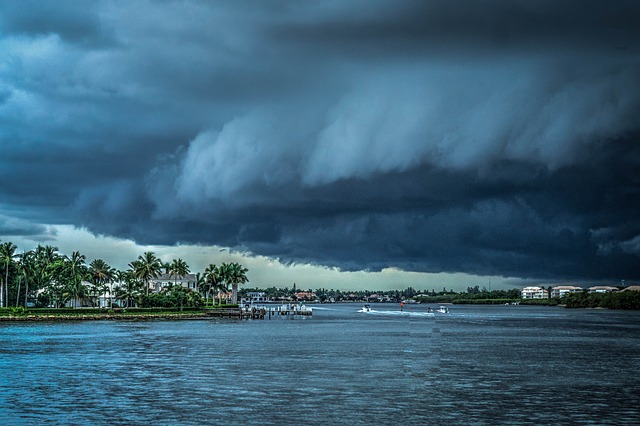Lloyd’s warns climate change has increased risks and costs of insurance
- September 20, 2018
- Posted by: administrator
- Category: Environmental, Global, Investment and Finance

Lloyd’s, the specialist underwriters market, is warning that the increased frequency and severity of major weather events mean that climate change has increased the risks and costs of insurance.
The warning follows one of the costliest years for natural catastrophes in the past decade – Lloyd’s has announced an aggregated market loss of £2 billion for 2017.
Announcing the loss in its Annual Report for 2017, the specialist underwriters said the Lloyd’s market had experienced an exceptionally difficult year in 2017, driven by challenging market conditions and a significant impact from natural catastrophes.
After a number of relatively benign catastrophe years, the frequency and scale of the disasters that struck around the world in the second half of 2017 saw major claims costing the Lloyd’s market £4.5billion, more than double the previous year (2016: £2.1 billion).
A total of £18.3 billion in claims gross of reinsurance was paid out by the Lloyd’s market during 2017, demonstrating the critical role the market plays in helping businesses, communities and countries recover quickly after disasters.
Lloyd’s said the market had met the substantial commitments “without any significant impact” on total resources which remain strong at £27.6 billion.
Climate change has increased risks and costs of insurance
According to the report, global risks are changing and the potential consequences are severe. “Increased frequency and severity of major weather events mean that climate change has increased the risks and costs of insurance.”
Sea level rises which now threaten a significant proportion of the world’s population are among the key risks highlighted – many of the world’s large cities are located on coasts.
It also flags up water scarcity and related food insecurity, describing this as “already a major global geopolitical risk” aggravated by climate change, whichcould lead to further instability.
The second half of 2017 saw the impact of hurricanes Harvey, Irma and Maria, along with other catastrophes – Lloyd’s has already paid insured losses in the region of $3.5bn and expects to pay more.
Hurricane Irma, the second of three major Atlantic hurricanes to hit the industry in the third quarter and the largest insured natural catastrophe event, devastated large parts of the Caribbean and US Gulf states, notably Florida. Hurricane Harvey caused significant wind and flood damage in Texas, while Hurricane Maria caused widespread damage in the Caribbean.
As a result, 2017 was above the Lloyd’s long term average for claims from major losses.
Lloyd’s Chief Executive, Inga Beale, said:
“The market experienced an exceptionally difficult year in 2017, driven by challenging market conditions and a significant impact from natural catastrophes. These factors mean that for the first time in six years Lloyd’s is reporting a loss.
“Lloyd’s is here to support customers when it matters most, providing the financial support to enable businesses, governments, and most importantly people to recover and rebuild their lives as quickly as possible and I’m proud of the market’s response.”
